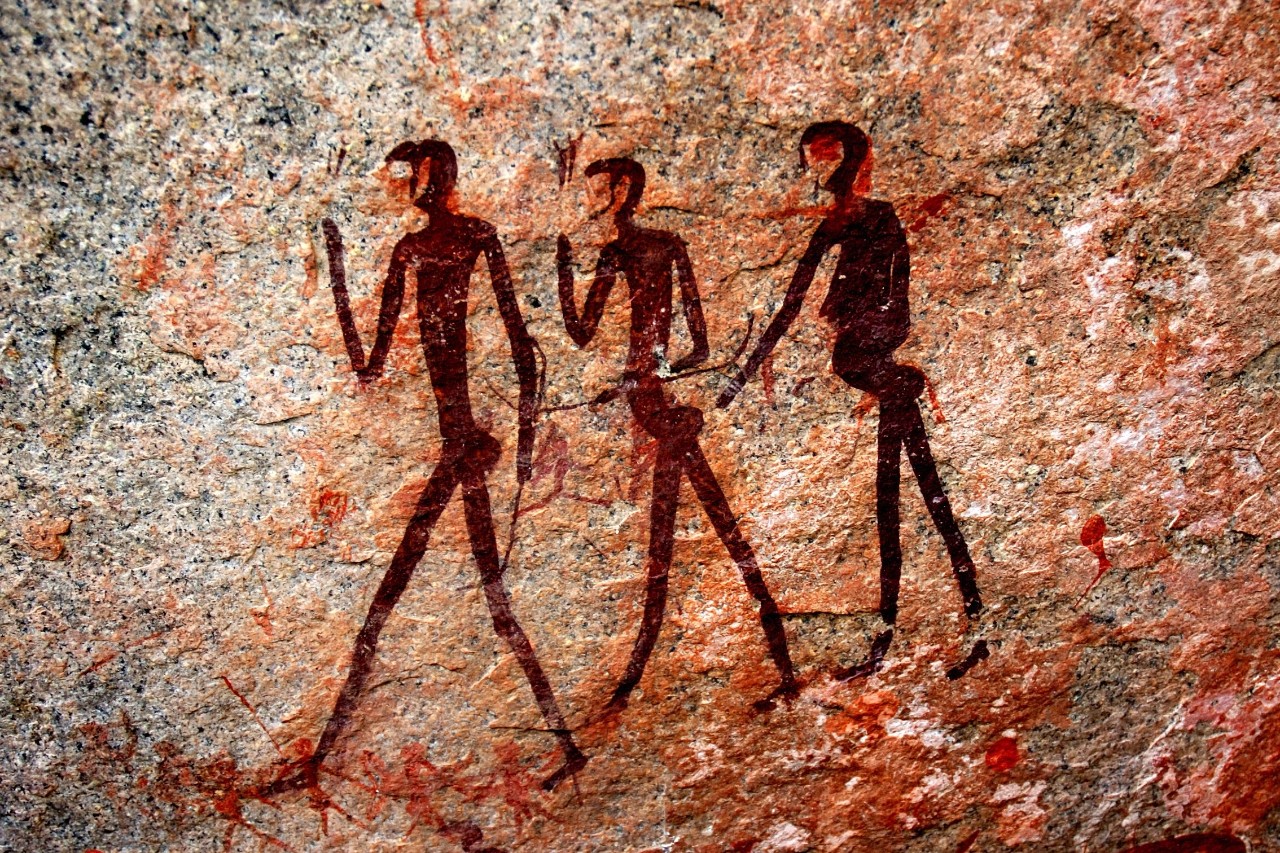“The conclusions are far-fetched and very much overstated,” added Carina Schlebusch, a geneticist at Uppsala University who specializes in southern Africa. “It tells us very little about human origins as a whole. It only tells us about the origin of a very small part of the human genome, and nothing more.”
That small part is the mitochondrial genome, or mitogenome, which sits apart from the main genome and is inherited only from mothers. The family tree of all human mitogenomes is rooted somewhere in Africa, and its base splits into two great branches. One, known as L0, is mostly found in southern Africans such as the Khoe and San peoples. The other, known as L1’6, includes roughly everyone else. Since genetic studies have focused on people in Western countries, much of the L0 branch is poorly studied, which means large swaths of human diversity—and human history—are still unknown. Hayes’s team tried to fill that gap by searching for people who represent the least studied subbranches of L0. They found about 200, and added their mitogenomes to an existing set of 1,000.
By comparing this set, and backtracking through time and space, Hayes’s colleague Eva Chan estimated that the L0 lineage emerged in Makgadikgadi about 200,000 years ago. Given how deeply rooted that lineage is, the team is using it as a proxy for humanity at large. By its reckoning, L0 changed very little between 200,000 and 130,000 years ago. “We see almost no diversification for almost 70,000 years,” Hayes says. Climate models show that during this time, the region was gripped by a mega-drought, and the wetlands would have provided a welcome but isolated oasis. But then increasing humidity created new green corridors to the northeast, and later the southwest, allowing humans to venture out of the homeland. As they migrated, their mitogenomes also diversified.
Read: The story of humans and Neanderthals in Europe is being rewritten
That’s interesting and valuable to know, said Chiara Barbieri, a geneticist and anthropologist at the University of Zurich. But inferring when and where the L0 lineage originated is tricky based only on the DNA of people who share that lineage today. Prehistory is long. People move. “The only way to precisely anchor genetic variation in time and space is with DNA from carbon-dated fossils,” Barbieri said. And Hayes’s team didn’t consider any sources of ancient DNA in its study.
What’s more, it looked only at present-day mitogenomes, which “simply don’t have the power to support narratives of this sort, because they represent a tiny fraction of human ancestry,” Scerri said. “Reconstructing deep ancestry from mitochondrial DNA is like trying to reconstruct a language from a handful of words.”
If you look at different words—that is, different parts of the genome—conflicting narratives emerge. The family tree for the Y chromosome, for example, is rooted somewhere in Cameroon, 2,000 miles northwest of the supposed homeland. A study of several complete genomes, including several ancient ones, suggests that the ancestors of today’s Khoe and San diverged from the ancestors of other African peoples 350,000 to 260,000 years ago—well before the origin Hayes suggests. Another analysis of complete genomes hints at even deeper splits. “What really struck me is that there was not reference or discussion” of these other studies in Hayes’s new paper, said Katerina Harvati, who studies human evolution at the University of Tübingen.

Добавить комментарий
Для отправки комментария вам необходимо авторизоваться.